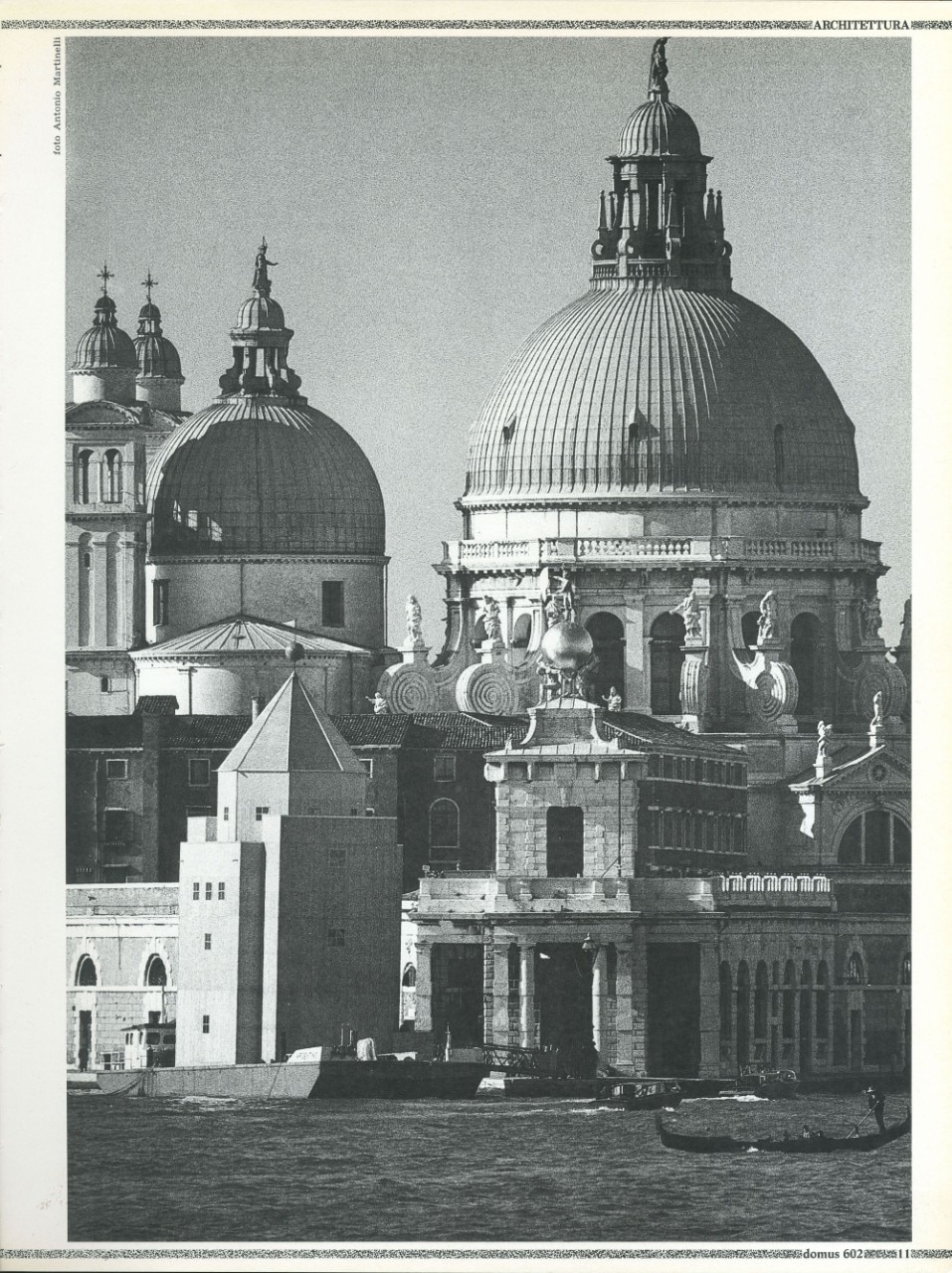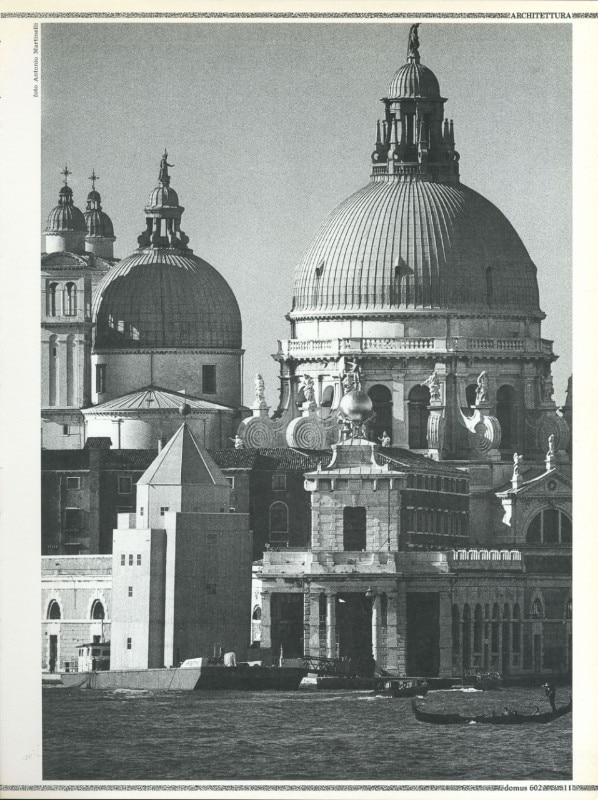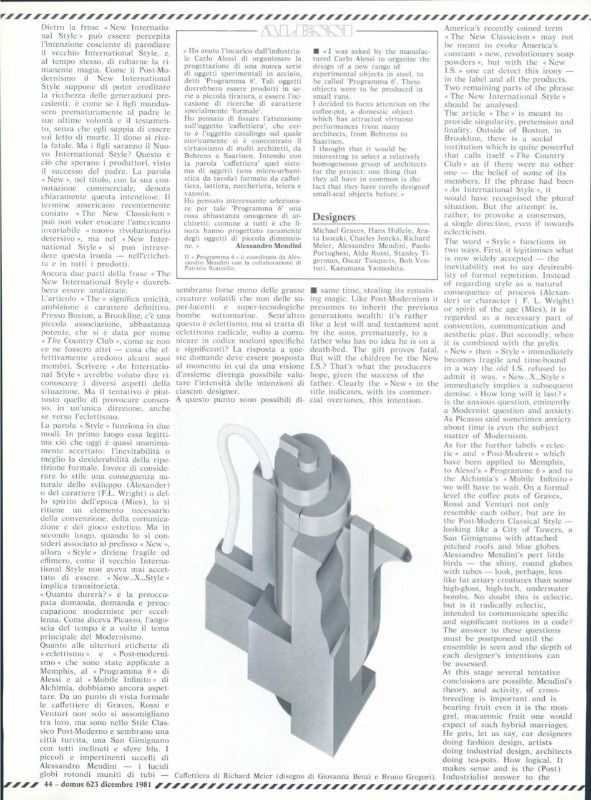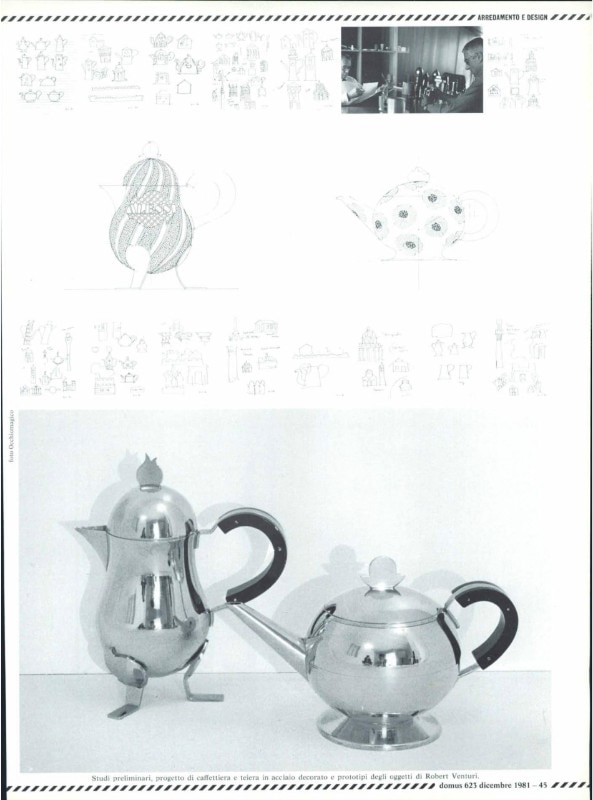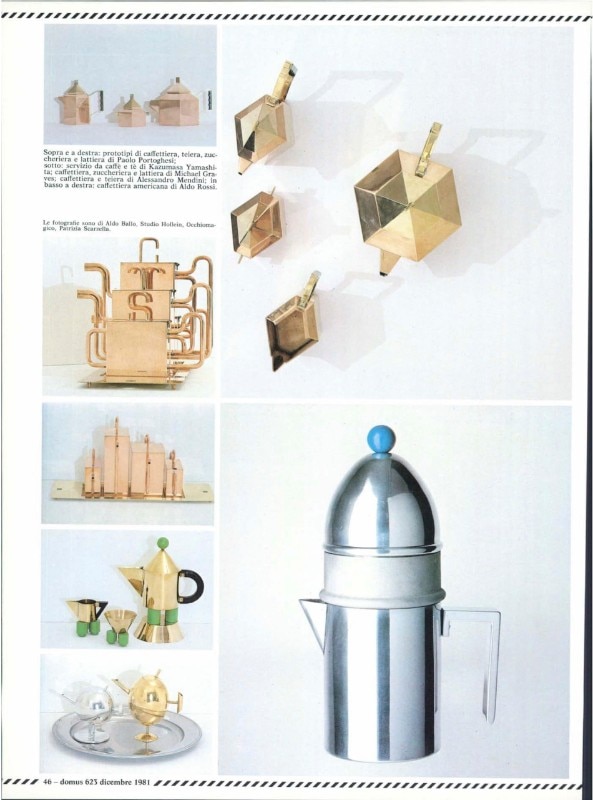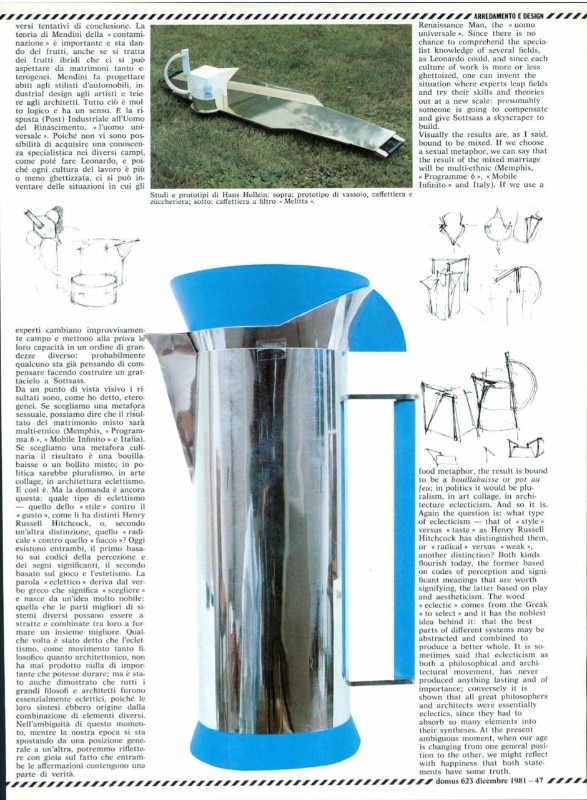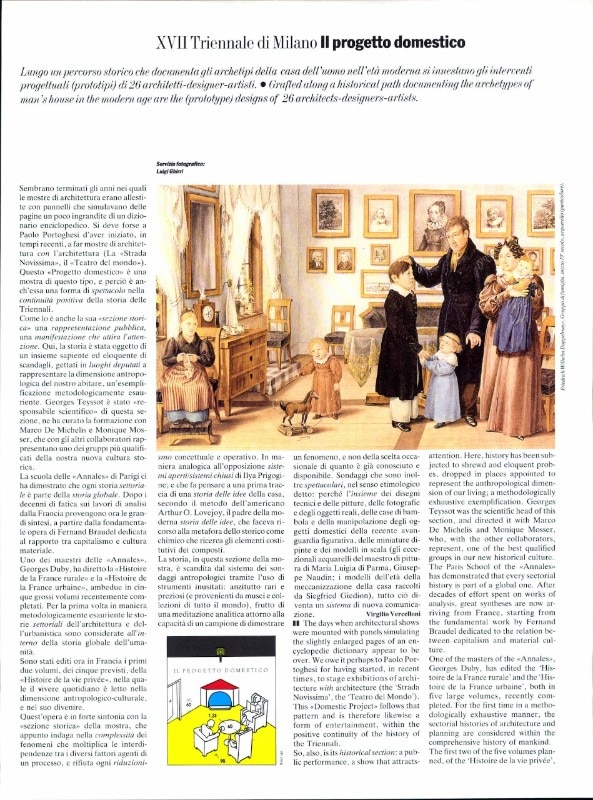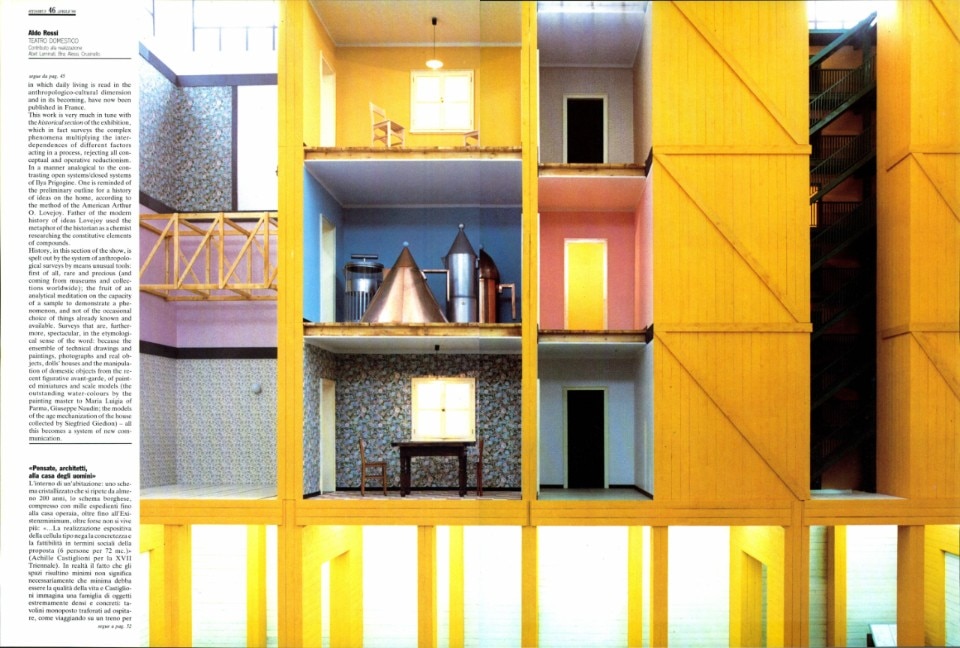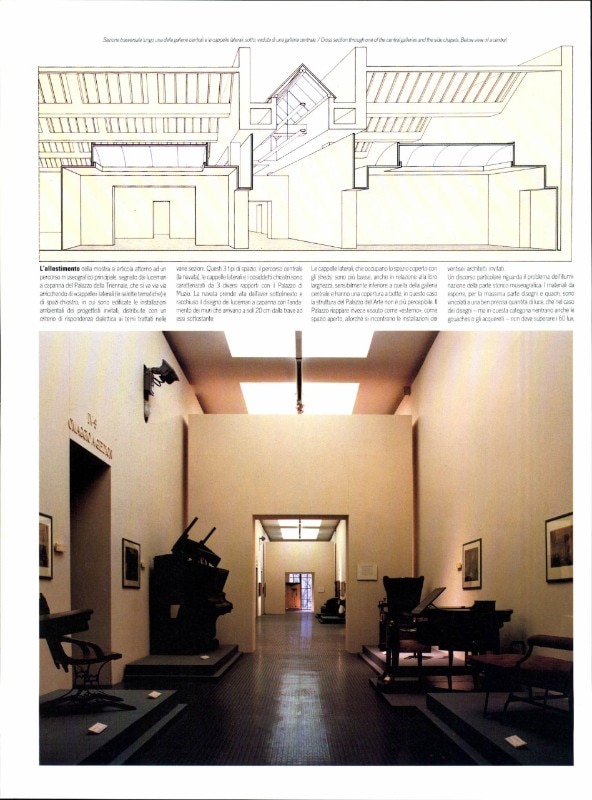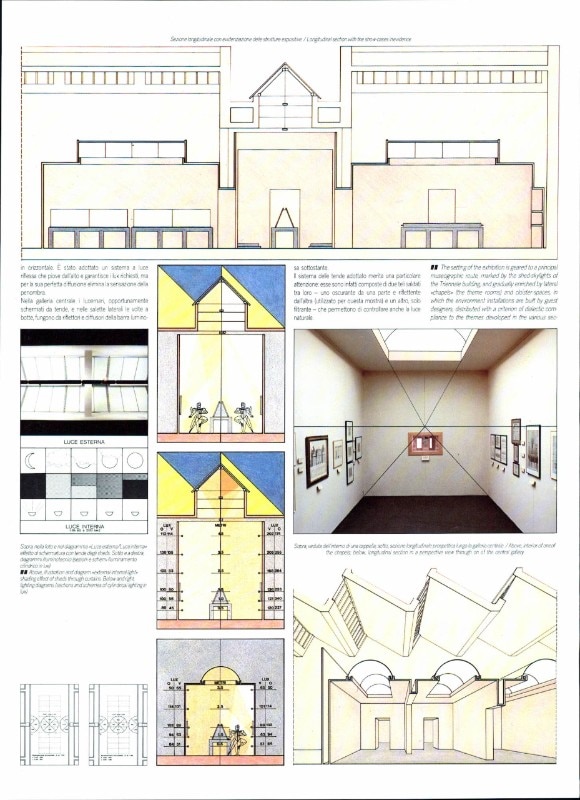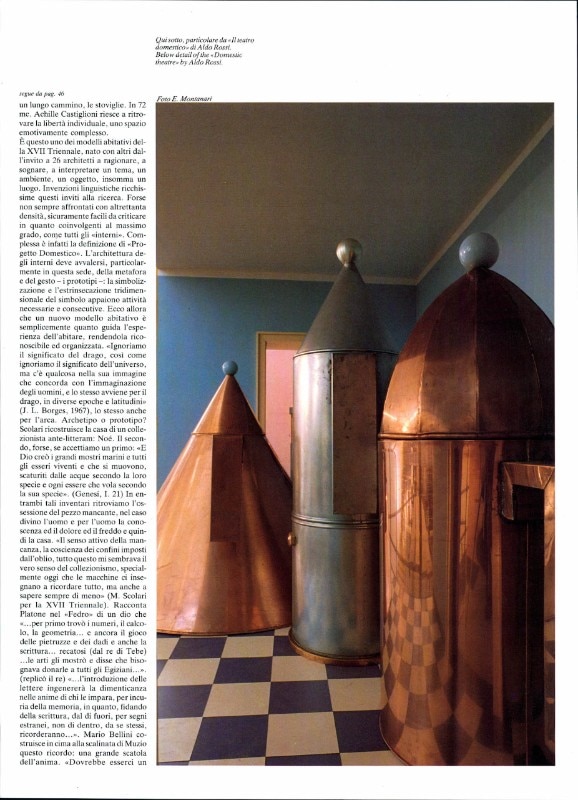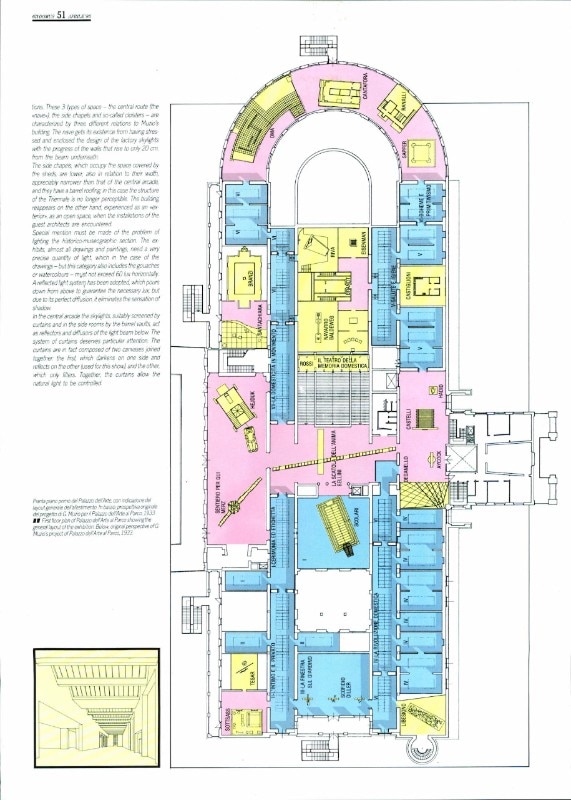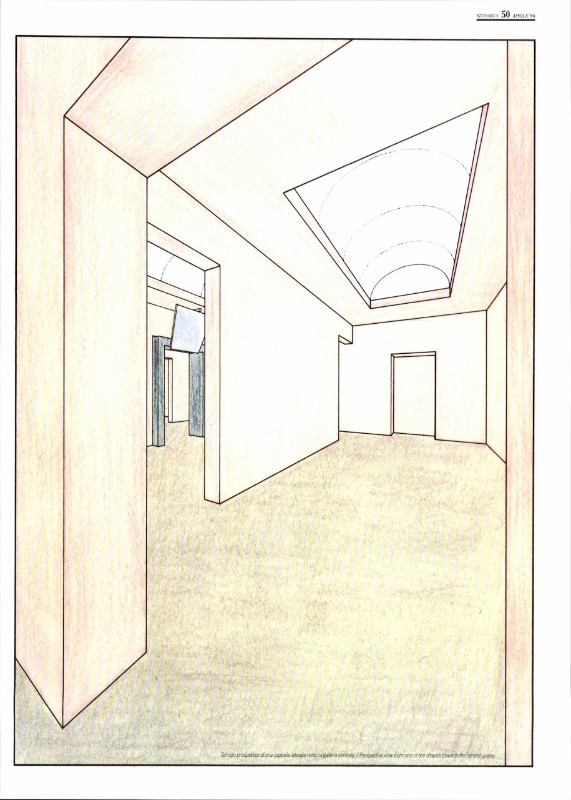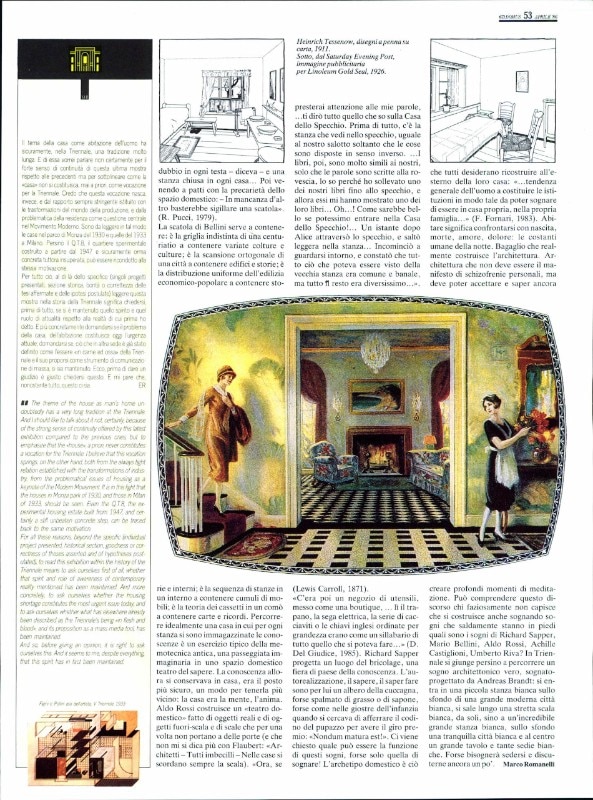This article was originally published in Domus 1050, November 2020.
Domus presented the Teatro del Mondo or Venetian Theatre – a floating structure designed by Aldo Rossi in 1979 for the 1980 Venice Biennale – in issue 602 (January 1980). It was the first with Alessandro Mendini at the helm and from graphic design to editorial content it marked a radical shift for the magazine that Gio Ponti had handed over to the young Milanese architect a few months earlier. The contents changed but, crucially, so did the form of communication – starting with the cover which showed the faces of those featured in the issue for the first time. In that case, it was Aldo Rossi in an Occhiomagico portrait on which Emilie van Hees had used acid to produce unrealistic colours. Superimposed diagonally across Rossi’s lemon shirt was a teaser of the title of the mini-essay written for the occasion by the historian Manfredo Tafuri: L’ephemere est eternel.
Tafuri’s complex interpretation of the work’s genesis and its potential meanings included two topics that are still of special importance: an (inevitable) comparison with the Teatrino Scientifico of 1978 and the recurrence of the octagonal-tower type in Rossi’s graphic and design production.
Midway between architectural mock-up and Marcel Duchamp’s Boîte-en-Valise, the Teatrino Scientifico is a portable museum of Rossi’s recherche, its small size (80 x 70 x 55 cm) placing it in the category of objects. The Venetian Theatre is a parallelepiped with a square base (9.5 x 9.5 m) from which rises an octagonal tower 11 metres tall. Tafuri believed the Teatrino Scientifico reduced the architectural figures around it to players in a static pièce while the Venetian Theatre compressed inside it the architect’s fantastic worlds in a collage of memories.
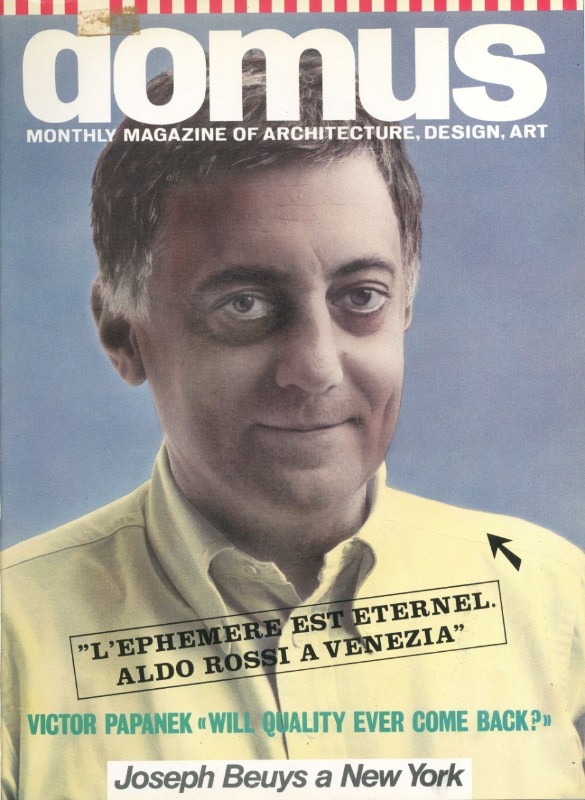
It was also Tafuri who pointed out that the octagonal body type first made its appearance in a proposal (1977) for a competition for the Centro Direzionale in Florence, the general composition of which revolved around a theatre-museum, reminiscent of the baptistries of Florence and Parma. To complicate the narrative, Rossi drew the attention of critics and commentators to a fascination for the lighthouses he had admired with a child’s wonder on his excursions along the coasts of Maine.
In subsequent years, this chain of references was enriched with many more episodes, perhaps the most notable being the octagon set in the courtyard of the Broni school complex. These episodes should, however, be supplemented at least with extracts from Rossi’s vast graphic production as he used drawing to train his memory, almost turning the sheet of paper into a preparatory sinopia of his erratic thoughts. In the Proustian flow of signs, types and fragments that Aldo Rossi traced sometimes almost automatically – as if in a spontaneous psychoanalytical practice – we witness the triumph of autobiographical representation in which architecture and dream (or delirium?) come together without self-destructing. This is well known and one of the focal points of the vast literature produced on the concept of “analogy” in the Rossi poetic. Less well-known or noticed however is the issue of “scale” whereby the same form – baptistery, lighthouse, theatre, mini-theatre – undergoes a process of miniaturisation or enlargement. What does the change in size produce? How, in the passage from small to large and vice versa, does the different scale impact on the meaning and role of the form which remains identical?
In practice, this shift in scale corresponds to the ratio between architecture and design, predictably successfully practised by Rossi in his work with Alessi: the Conica coffeepot which he imagined as Antonelli’s dome on the Basilica of San Gaudenzio in Novara also appears in countless designs as an inhabited construction or an enigmatic tower in an urban framework.
Rossi believed that architecture could be reduced to the size of a household object and that this, in turn, could oneirically be expanded to the city scale: like the Cabine dell’Elba: beach huts, buildings and household storage containers for Molteni & C. Similarly, the Teatro Domestico on the grand staircase of the 1986 Triennale was an oversized mise en scène of the Teatrino Scientifico, featuring a cross-section of an interior that in turn contains an “improvisation” of traditional coffeepots in the centre. Reality or performance? The “Gulliver effect” (as Mendini called it) checkmates the rules of realistic vision: it is the curveball of memory and sensation according to the Modernist axiom “from the spoon to the city”. It questions the identity of “size”, no longer objective and absolute but variable depending on the observer and the context.
Fulvio Irace is a full professor of the history of architecture at Milan Polytechnic. A columnist for Il Sole 24 Ore, he has written monographs on Italy’s leading architectural figures of the 20th century. He has curated several exhibitions, including “Gio Ponti. Loving Architecture”, MAXXI, Rome.
Opening image: page from Manfredo Tafuri’s article on Rossi’s Teatro del Mondo in Venice, in the same issue of Domus602 (gennaio 1980). Photo Antonio Martinelli


